Immediately after the merger from March 1, 2025, the Ministry of Science and Technology has started to create a legal corridor to guide the development of the field, with the goal of removing institutional bottlenecks.
By June 2025, the Ministry will submit to the National Assembly and have five fundamental laws passed, including the Law on Science , Technology and Innovation; Law on Digital Technology Industry; Law on Atomic Energy (amended); Law on amending and supplementing a number of articles of the Law on Product and Goods Quality; Law on amending and supplementing a number of articles of the Law on Technical Standards and Regulations.
In November 2025, the Ministry of Science and Technology focused on completing 5 draft laws to be submitted to the National Assembly for consideration and approval at the 10th Session, including: Law on Digital Transformation; Law on High Technology (amended); Law on amending and supplementing a number of articles of the Law on Intellectual Property; Law on amending and supplementing a number of articles of the Law on Technology Transfer; and Law on Artificial Intelligence, with the expectation of being approved in the last months of the year.
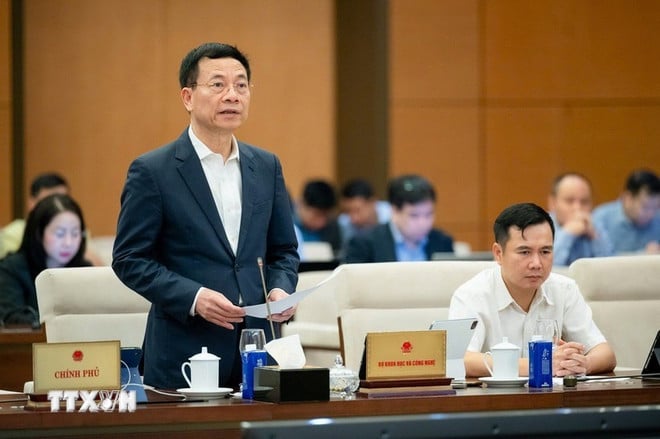
Minister of Science and Technology Nguyen Manh Hung presented a summary of the draft Law on Science, Technology and Innovation. (Photo: Phuong Hoa/VNA)
At the regular press conference in October 2025, Deputy Minister of Science and Technology Bui Hoang Phuong affirmed that institutional improvement is one of the top priorities, in accordance with the direction of the Party and State in Resolution 57.
Deputy Minister Bui Hoang Phuong emphasized that in the previous period, many tasks could not be carried out due to "institutional problems." The Ministry of Science and Technology has made completing the legal corridor its number one priority.
The Ministry of Science and Technology has developed 10 laws and submitted about 30 decrees (not including circulars) in a short time. The important difference now is that the way of making laws is very different, laws and decrees are issued with the spirit of "immediate implementation" and do not need to wait for guiding circulars, helping to bring laws into life more quickly.
Law on Digital Transformation
The Draft Law on Digital Transformation defines digital management and operation as the default, while paper-based management is the exception. The State is responsible for ensuring that all citizens, regardless of age, gender, education level, geographical or economic conditions, have the opportunity to access and use online public services.
The online public service system must comply with international standards, have a friendly interface, be multilingual, have sign language and support for people with disabilities. The platform must be compatible with many types of devices and have tools to support people in remote, isolated and particularly disadvantaged areas.
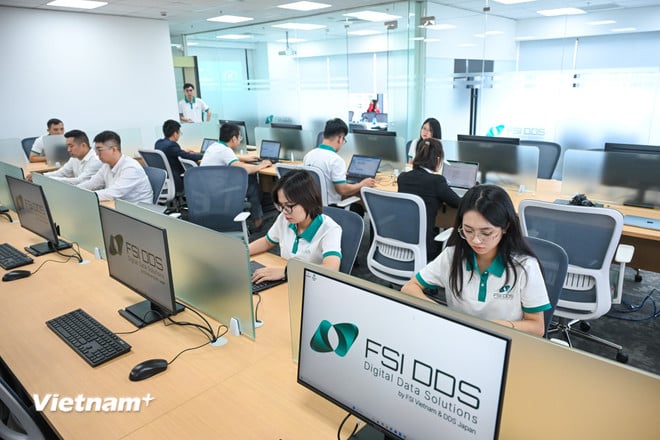
Illustrative photo. (Photo: Minh Son/Vietnam+)
The draft also requires designing online public services according to people's life events and business life cycles, aiming at personalization suitable for each individual and organization. State agencies must coordinate to provide services according to a series of events, instead of fragmenting according to administrative authority.
People and businesses only need to provide information once, the processing procedure is carried out continuously and seamlessly, regardless of administrative boundaries, helping to save time and costs.
The bill identifies digital transformation as a "top breakthrough", prioritizing infrastructure development, data, human resources, and international cooperation. The codified principles include: people-centered, digitalization from the beginning, and data-based management, so that "no one is left behind."
Law on High Technology (amended)
After nearly 20 years of promulgation, the Law on High Technology has been proposed to be amended to promote technological autonomy, form strategic industries, improve the efficiency of high-tech zones and encourage Make in Vietnam enterprises.
The draft defines technology as not only a field of investment incentives but also a strategic pillar to ensure economic security, national defense and national sovereignty. The law also adds the concept of strategic technology and strategic industry, aiming to focus on development.
Incentive policies have been redesigned to be more transparent, effective, and open to domestic enterprises and startups. Core technologies and strategic technologies such as AI and semiconductors enjoy special incentives, accompanied by transfer commitments to bring real benefits to the country.
The draft divides high technology into three layers: core technology (Vietnam must make and master itself), strategic technology (ensuring autonomy) and high technology (to develop the country).
The government also proposes to develop high-tech urban areas - which combine high-tech zones with modern living spaces - to attract and retain talent. The projects will be closely monitored to ensure the rate of technology transfer, added value and domestic research and development activities.
Law amending and supplementing a number of articles of the Law on Intellectual Property
This amendment aims to turn Vietnamese research results and inventions into assets that can be bought, sold, and traded, moving towards an economy where intellectual property accounts for a large proportion, like in developed countries.
The bill allows intellectual property rights to be valued, traded and turned into assets, marking a shift from rights protection to the assetization, commercialization and marketization of research results. As a result, intellectual property becomes a strategic competitive tool for businesses and countries.
The National Office of Intellectual Property and the World Intellectual Property Organization (WIPO) signed a Memorandum of Understanding on cooperation in the field of intellectual property. (Photo: Minh Son/Vietnam+)
The Government proposes to add many breakthrough policies to support the creation and commercial exploitation of intellectual property groups. The State will support the establishment, exploitation, management, valuation, transfer and sharing of intellectual property rights.
The bill also gives priority to purchasing intellectual property rights for products important to security, socio-economics, developing the intellectual property ecosystem, and encouraging organizations and individuals to invest in start-up businesses. Owners will have the right to self-determine the value and create a list of assets for management in cases where the value of the assets has not been recorded in accounting.
The draft aims to develop the intellectual property market, meet commercial exploitation needs, and improve productivity, quality and competitiveness of the economy.
Law amending and supplementing a number of articles of the Law on Technology Transfer
The new draft Law on Technology Transfer will streamline administrative procedures, update the list of new technologies, strategic technologies and expand incentives for transfer activities. Three levels of transfer are stipulated including application, mastery and research and development, with support and incentive policies increasing gradually at each level, encouraging businesses to move towards mastery and innovation of technology.
The bill also adds provisions on technology transfer intermediary organizations - a model common in many countries but lacking in Vietnam. These organizations will help small and disadvantaged local businesses access, receive and master new technologies.
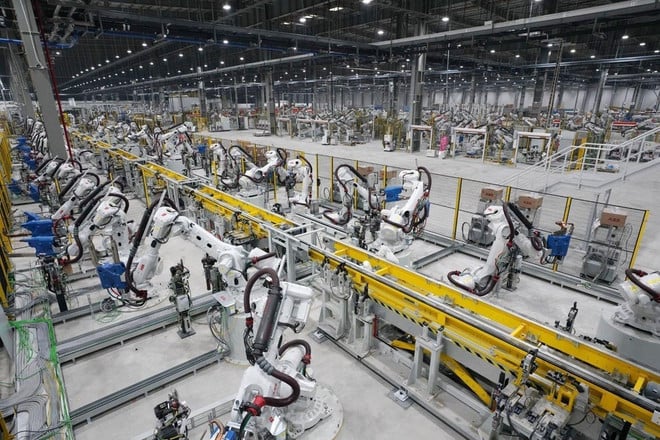
Illustrative photo. (Photo: Minh Son/Vietnam+)
In addition, the draft expands the transfer of endogenous technology, encouraging the commercialization of domestic research results. Enterprises and scientists can contribute capital in the form of technology; the State is allowed to purchase and disseminate mastered technology to support production.
The draft law also strengthens control over cross-border technology transfer to ensure technology security and promote Vietnam's technology exports. The State will develop a transparent and professional science and technology market, with trading floors and technology disclosure centers as the core connecting supply and demand.
Artificial Intelligence Law
Artificial intelligence is developing faster than the speed of building and perfecting institutions, creating a legal gap, especially in determining responsibility when AI causes damage. This issue is expected to be addressed by new regulations in the draft Law on Artificial Intelligence.
Accordingly, the Ministry of Science and Technology proposed classifying AI into four risk levels, with corresponding management mechanisms.
The unacceptable risk group includes AI systems that have the potential to cause serious, irreparable harm to human rights, national security, social order and safety, or are used for acts prohibited by law. This type of AI is proposed to be banned from development, provision, circulation or use in Vietnam, and can only be researched in controlled environments such as laboratories or educational institutions.

Mr. Bui Hoang Phuong - Deputy Minister of Science and Technology delivered the opening speech at the Artificial Intelligence Festival - AI4VN 2025. (Photo: Minh Son/Vietnam+)
AI systems that manipulate human behavior and perception, causing loss of self-determination; AI that exploits the weaknesses of vulnerable groups such as children, the elderly, and people with disabilities; or AI that creates fake content that harms national security all belong to this group.
The high-risk group includes systems that are likely to cause harm to the life, health, rights and legitimate interests of individuals, organizations or important public interests. Before being put into circulation, these AIs are proposed to undergo conformity assessment and supervision by competent authorities.
Medium-risk AI systems are those that can confuse, deceive, or manipulate users because they are unaware of the nature of the AI system or the content it generates. Meanwhile, the low-risk group including AI systems that do not fall into the above three cases, and are allowed to be developed and used according to regulations.
The draft Law on Artificial Intelligence will also promote the pillars of AI - Vietnam's intellectual infrastructure, including national computing and data infrastructure, platform models and core technologies, human resources and intellectual communities, application and innovation ecosystems, institutions, standards and AI safety. Accordingly, the "Vietnam AI path" is the center of open AI data computing, open technology, and testing frameworks.
In parallel with the Law on Artificial Intelligence, the Ministry will submit to the Government for promulgation a set of national AI ethics principles, along with standards and regulations on artificial intelligence.
With the promulgation of new Laws and Decrees, along with synchronous support policies, the science and technology sector is gradually building a comprehensive innovation ecosystem, with enterprises as the center, localities as the nucleus and the State as the policy fulcrum towards the goal of making innovation a driving force for national development in the digital age./.
(Vietnam+)
Source: https://www.vietnamplus.vn/5-du-luat-moi-giup-thuc-day-khoa-hoc-cong-nghe-doi-moi-sang-tao-chuyen-doi-so-post1075255.vnp





![[Photo] Prime Minister Pham Minh Chinh receives the delegation of the Semiconductor Manufacturing International (SEMI)](https://vphoto.vietnam.vn/thumb/1200x675/vietnam/resource/IMAGE/2025/11/06/1762434628831_dsc-0219-jpg.webp)
![[Photo] Closing of the 14th Conference of the 13th Party Central Committee](https://vphoto.vietnam.vn/thumb/1200x675/vietnam/resource/IMAGE/2025/11/06/1762404919012_a1-bnd-5975-5183-jpg.webp)






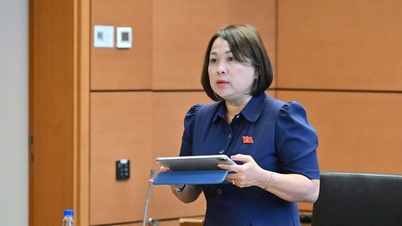

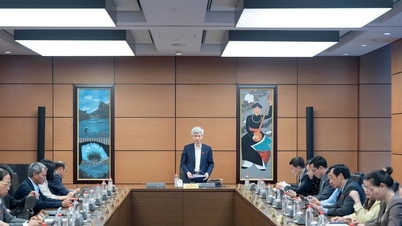















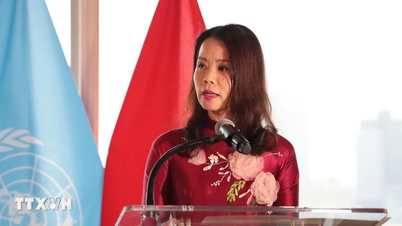

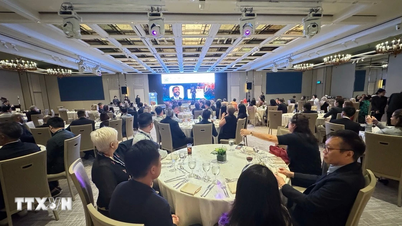

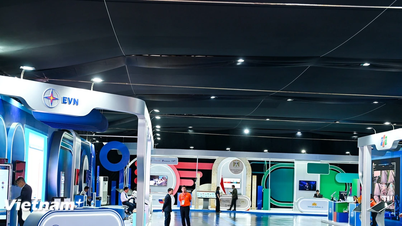



































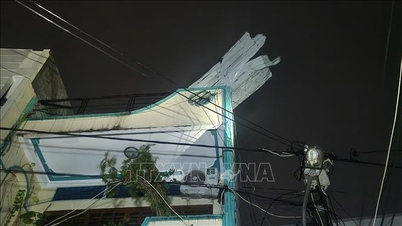

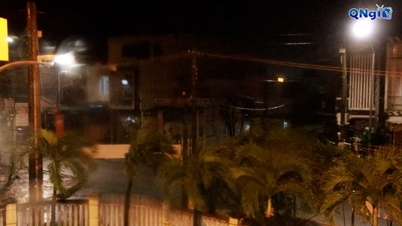



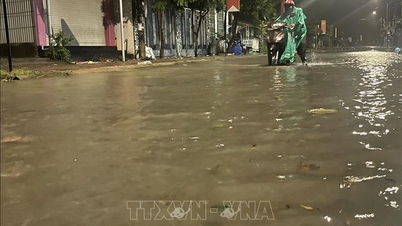

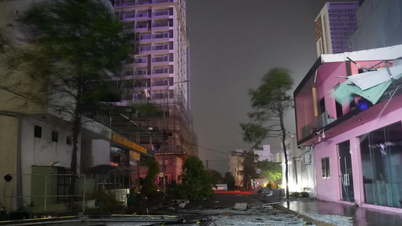


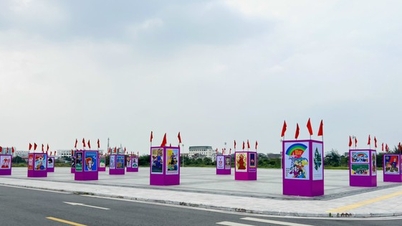






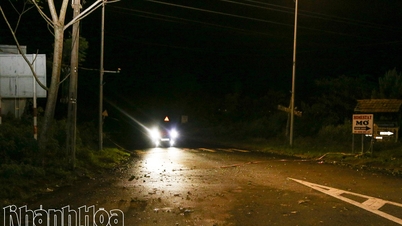

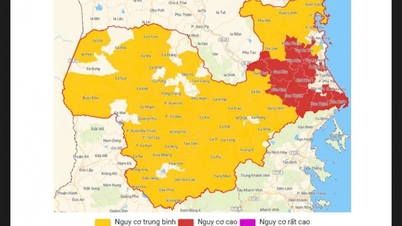



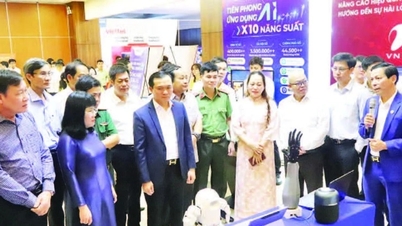

















Comment (0)